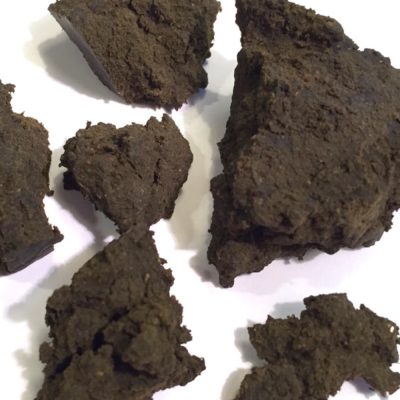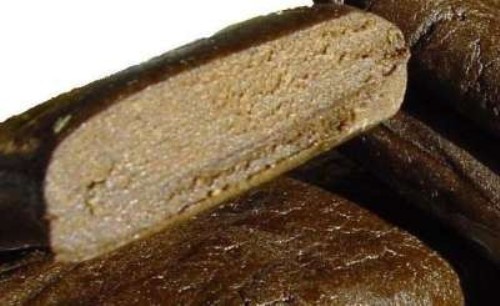Description
21% THC Afghan and Moroccan Hash 7g Each
21% THC Afghan and Moroccan Hash 7g Each The cannabis concentrate hash is typically inhaled or smoked. Hashish can be made using a few different methods, but the essential steps include removing the resin, or trichome glands, from a cannabis plant and repeatedly compressing them to form a hardened, solid piece. It’s arguably one of the oldest types of cannabis concentrates, with written texts referring to hashish dating as far back as the 12th and 13th centuries. The varying look and feel of hash is closely tied to its history and the method used to make it.
Sieved hashish, originating in the Middle East and Central Asia, is made from resin powder that’s been collected from harvested and cured cannabis. Modern methods use fine mesh or silk fabrics to physically sift and separate the trichomes from the plant material. The mesh or fabrics used for sifting have varying pore sizes to help refine the trichomes. The resulting powder, or kief, is then pressed and prepared as hash bars, slabs, or bricks, which can have a flat, hard, or sometimes chalky appearance.
Hash is the original concentrate. Aside from being the world’s oldest cannabis concentrate, it is made of trichome glands, which house many of the beneficial compounds available in the cannabis plant. These active molecules — the cannabinoids, terpenes, and flavonoids of cannabis — work synergistically and may have positive medical effects. Terpenes have also been shown to heighten the effects of THC, CBD, and other cannabinoids. In a 2011 study published by the British Journal of Pharmacology, Dr. Ethan B. Russo wrote about the entourage effect of cannabinoids and terpenes. Terpenes can boost and amplify the cannabis experience, and lab studies have shown that flavonoids have anti-inflammatory and antioxidant properties.
Another standout quality of hash is that it’s a low-tech concentrate: its production doesn’t require lab-grade equipment or solvents.
Hash can also have a long shelf life. If stored properly, the dry resin powder that’s collected and used to make sieved hash can last for years. The rate of degradation increases once the kief has been pressed into a slab or bar. The structure of the trichome gland, before it’s pressed, acts as a natural barrier to oxygen, moisture, and other factors that can degrade potency and flavor.




 Message us on WhatsApp
Message us on WhatsApp